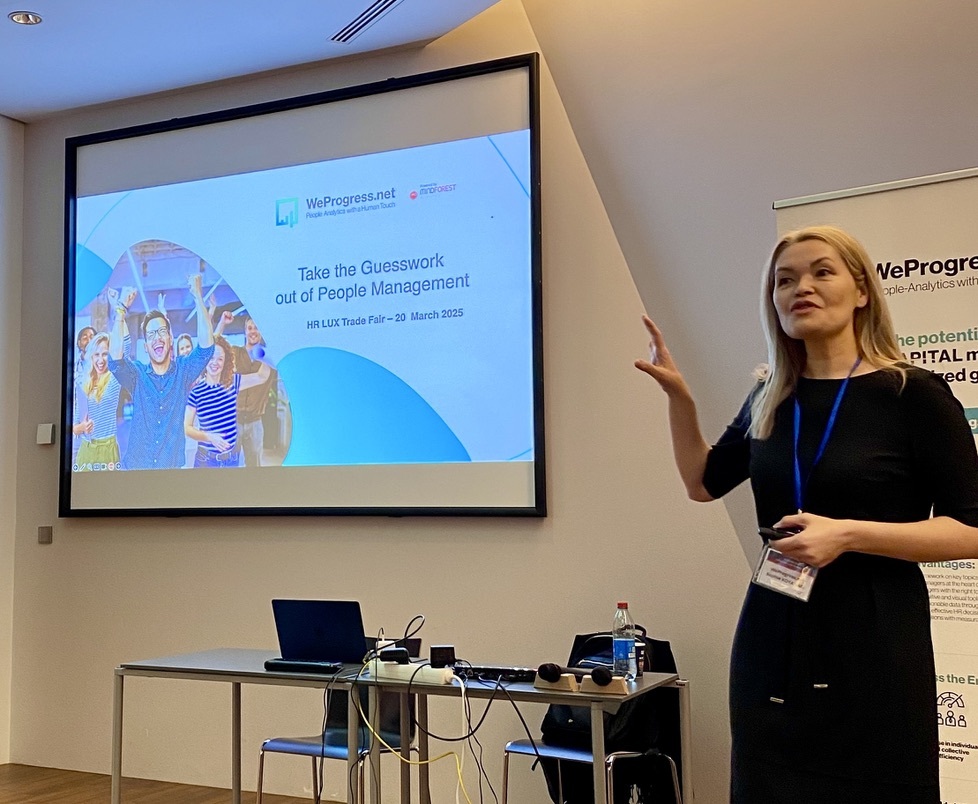The importance of diversity and equality in a CSR context
In many ways, diversity is the buzz word of the moment, but it is worth taking a few moments to consider what it actually refers to before assessing its potential impact on a CSR strategy and the implications for your equality policy. To start with,the term diversity can be applied to a huge variety of contexts ranging from race, gender, age and biological issues to name but a few. Every one of these needs to be taken into consideration when formulating and implementing a CSR strategy: is your company currently impacted, is there a risk that this could become an issue in the future, what can be undertaken to minimise such risks, how do your employees view the situation, etc.
Is your approach still appropriate?
When assessing your current status, you may realise that subconsciously your overall approach is not as diverse as you thought, for example you have concentrated on the recruitment of profiles similar to those already employed in your team on the assumption that they will all interact well. Perhaps by considering more diverse profiles, whether in terms of academic background, competences or age group, you might actually enhance your existing team by adding an input provided by a different angle. Why not give it a try? Inevitably this also has an impact on your equality policy: do all employees have an equal chance of developing their careers or are certain profiles privileged?
Again, this may have developed over the course of the years, a kind of habit, so now would be a good time to appraise the situation and make any necessary changes to your mindset.
How could diversity help?
Equality of access and opportunity may also be relevant when considering your client base, could a lack of diversity constitute a blocker to progress? For example, if you have not yet implemented a more digital strategy, you may risk alienating a younger generation of customers, but a full throttle digitalisation strategy may risk alienating a large part of your existing customer base. It is only by comparing the existing situation with where you hope to be on a short and medium-term basis that you will succeed in identifying the gap. What can be undertaken to reach an adequate balance and still remain future-safe?
What about individual contributions?
Another angle to diversity is in the context of the ongoing climate debate. Here it also plays a vital role. Does your new way of working result in a reduction in the overall carbon footprint of your employees? Whilst it is impossible to dictate the habits of homeworkers, it can be hoped that if you had already implemented a zero-waste strategy at the workplace, this will be echoed at home. The signs are all around us, as extreme weather occurrences are reported worldwide; we may be able to thank our lucky stars that we have remained relatively unaffected, but will we be able to look future generations in the eyes when they reproach us for having wasted resources and failed to react when the writing was clearly on the wall?
These two diagrams illustrate how average weather has changed in the course of the past years, but please note that the second one only represents the situation up to 2011, much has changed since then:


Everyone can make a difference
The aim of a corporate CSR strategy should always be to ensure the perennity of the company. This approach must be equally based on the strategic pillars: social, economic and ecological. They are all intertwined, one cannot be successfully targeted without taking the others into consideration. Thus, even if a company does not actually operate in a context, which has a profoundly negative impact on the climate, for example, by setting a good example and encouraging employees to make small changes, a lot can be achieved.
For example, if there is no canteen and employees regularly go out to buy their lunch, encourage them to use an eco-box to avoid high impact take away packaging, provide china plates and metal cutlery, which can be reused, and a dishwasher to save time and water on individual washing up.
Hope is the key to success

Another important feature of a diverse CSR approach must also be to map out possibilities and suggest improvements, rather than propagating doom and gloom. A positive strategy, which outlines regular achievable milestones and goals, which can also be celebrated, has the potential to inspire the workforce to achieve more simply because they will believe that they can make a contribution, that they can make a difference and that they can help to save the planet – one step at a time.
The worst possible scenario is that everyone resigns in the belief that it is too late to act. In that case, nothing will be achieved and it really will become difficult to make a difference. By mapping out the way ahead, we can propagate a sense of joint achievement and above all hope, as without hope we stand no chance of making people understand and believe that sustainability is everyone’s responsibility.
Many, many years ago, Martin Luther King said “An individual has not started living until (s)he can rise above the narrow confines of his (her) individualistic concerns to the broader concerns of all humanity” – how true this still is today.
Let us help you
If you would like to get support in implementing or keeping your CSR strategy on track...
WANT TO RECEIVE OUR LATEST THOUGHT LEADERSHIP CONTENT?
Related posts
 Take the Guesswork out of People Management
Take the Guesswork out of People Management
 From processes to people: achieving quality
From processes to people: achieving quality
 Daring to lead Positive Transformation: What if Positive Emotional Capital was your key to sustainable change?
Daring to lead Positive Transformation: What if Positive Emotional Capital was your key to sustainable change?
 Why hire Change management professionals? We can do it alone!
Why hire Change management professionals? We can do it alone!
 Digital Transformation and Change Management: Lessons shared in an event hosted by Cebi and MindForest
Digital Transformation and Change Management: Lessons shared in an event hosted by Cebi and MindForest



